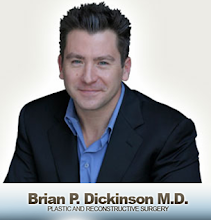 Aesthetic and reconstructive facial surgery is particularly enjoyable to me. The deep plane facelift is a technique that I commonly use in my aesthetic practice and which I frequently use in conjunction with an upper and lower blepharoplasty as well as a coronal brow lift.
Aesthetic and reconstructive facial surgery is particularly enjoyable to me. The deep plane facelift is a technique that I commonly use in my aesthetic practice and which I frequently use in conjunction with an upper and lower blepharoplasty as well as a coronal brow lift.Analyzing my own results is an important part of my practice so that I can continually improve. While the correction in the nasolabial folds, jowls, and neck are more obvious from the deep plane facelift, I continue to learn more about the impact of the aperture of the upper eyelids as their appropriate placement can yield a significant result on the overall youthful appearance of the face.
It is very common for women as they age to have an accumulation of skin on their upper eyelids. This accumulation of skin has been given the medical term, dermatochalasis. Often this accumulation can be asymmetric-meaning greater on one side versus the other and can create differences in the aperture of the eye. It is important when correcting this asymmetry to note the location of the tarsal fold or eyelid crease. As you can see in the above photograph the patient's right eye has significantly more skin pre-operatively than the left eye. Careful notation of these asymmetries is important so that post-operatively the eyes can have equal apertures and yield an optimal aesthetic result.
I continue to see great improvements in the overall skin texture and quality with the deep plane facelift.
Brian P. Dickinson, M.D.
http://www.drbriandickinson.com/











